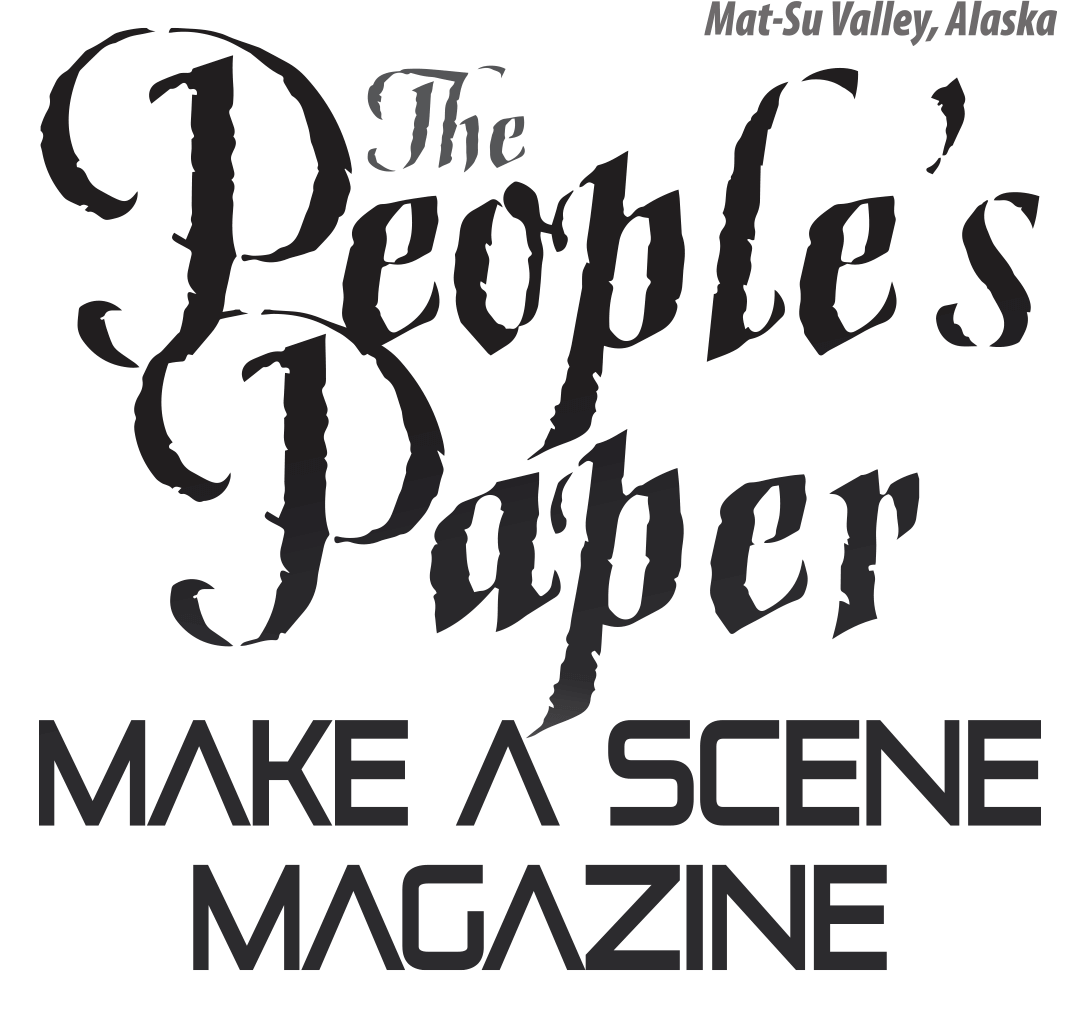Contributed by Representative Chuck Kopp
Like many Alaskans, I have been reading about and listening to arguments for and against Ballot Measure 1, otherwise known as the Stand for Salmon Initiative. As a lifelong Alaskan and commercial sockeye salmon fishermen in both Cook Inlet and Bristol Bay, I am keenly interested in the protection of all our salmon species. I also know that our jobs and economic prosperity depend on the successful natural resource extraction industries of oil, natural gas, precious metals and timber. I am pleased that our oil and gas and commercial fishing industries have successfully coexisted in Cook Inlet for 70 years. It is an outstanding example that protection of the environment and natural resource industries can be a collective advancement of interests that truly care for the common good.
Today, we live in very uncertain fiscal and geopolitical times; and the next oil price crash could be tomorrow. Three issues of concern come to mind. First, that strategy should exist to solve a problem. And we often presume we understand a problem, because we think it is obvious. But in fact, we don’t understand the problem. The challenge of protecting our salmon is not a “lack of something”, i.e. more regulations and permits. The Alaska Department of Fish and Game has done an outstanding job managing fish population and habitat within Alaskan waters for many decades. It is when our salmon go out to sea that more ominous, unknown forces act on their survivability.
Second, we need to ask the right questions about how Ballot Measure 1 may impact our most critical security, transportation and distribution assets. In September 2017, Tim Bradner wrote an excellent article, “Port in Peril: $700 million needed for repairs to state lifeline”. This was a wake-up call to many Alaskans about how integral the Anchorage port is to the survivability of our state. Notably, 85% to 90% of the goods sold in Alaska come through this port. If the port of Alaska were to close for any reason, within days the shelves of Fred Meyer and Costco would be bare.
So, what’s going on with the port? The piling and docks need to be rebuilt due to extensive corrosion. This project will take 7 to 8 years to complete. It will no longer be structurally safe even a few years from now. It is feared that the next significant earthquake could cause the port to collapse, cutting off critically needed supplies to Southcentral and Interior Alaska, as well as our military bases and international airports at the worst possible time.
How to pay for these repairs is a significant challenge all of its own. Will Ballot Measure 1 significantly increase this challenge? The port of Alaska has over 1,400 pilings in need of repair. To replace these pilings right now requires a bevy of permits that account for possible impacts to sensitive terrestrial and marine animals, as well as sensitive plant species within the project area.
Many thousands of salmon swim past the Port of Alaska. Are we able to separate out tidal areas from anadromous freshwater streams under Ballot Measure 1? Often this is not possible. Are we thinking that Ballot Measure 1 will have no future impact on our ability to repair and build out the port?
Consider another critical Alaska port like the Port of Bristol Bay, one of the largest volume commercial freight docks in America, located on the Naknek River in the very heart of the largest salmon run in the world and in a freshwater-tidal area. The continued build out of this port and the ability to repair it as needed is beyond critical as this is the point of origin for shipping of the majority of all wild salmon caught in America. We must have good answers to these questions.
Finally, Ballot Measure 1 precludes finding a path forward of conciliation where it is not a “winner takes all” zero-sum game. It is a false dichotomy that the debate about salmon protection boils down to jobs and critical infrastructure versus protection of salmon. Both needs are very real and cared about by nearly all Alaskans. Let’s not paint ourselves in a corner at a time when we can least afford it.

